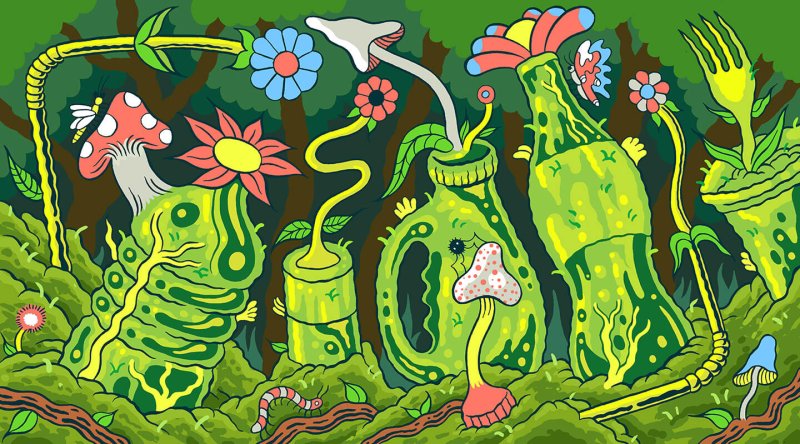Samantha Jenkins was studying a number of types of fungus in a research project for her company, when one of the fungi made a bid for freedom.
“Imagine a jar full of grain with a kind of lump of mushroom coming out of the top,” says the lead biotech engineer for bio-manufacturing firm Biohm.
“It didn’t look particularly exciting or fascinating. But as soon as it was cracked open, it was very, very cool.”
The fungus had eaten its way through the plastic sponge intended to seal it in, breaking it down and assimilating it like any other food.
…
It’s no secret that single-use plastic waste is a vast problem: by 2015, according to Greenpeace, the world had churned out 6.3 billion tonnes of virgin plastic, of which only 9% has been recycled. The rest was burned in incinerators or dumped.
Ms Jenkins is testing their fungus on PET and polyurethane.
“You put in plastic, the fungi eat the plastic, the fungi make more fungi and then from that you can make biomaterials… for food, or feed stocks for animals, or antibiotics.”































